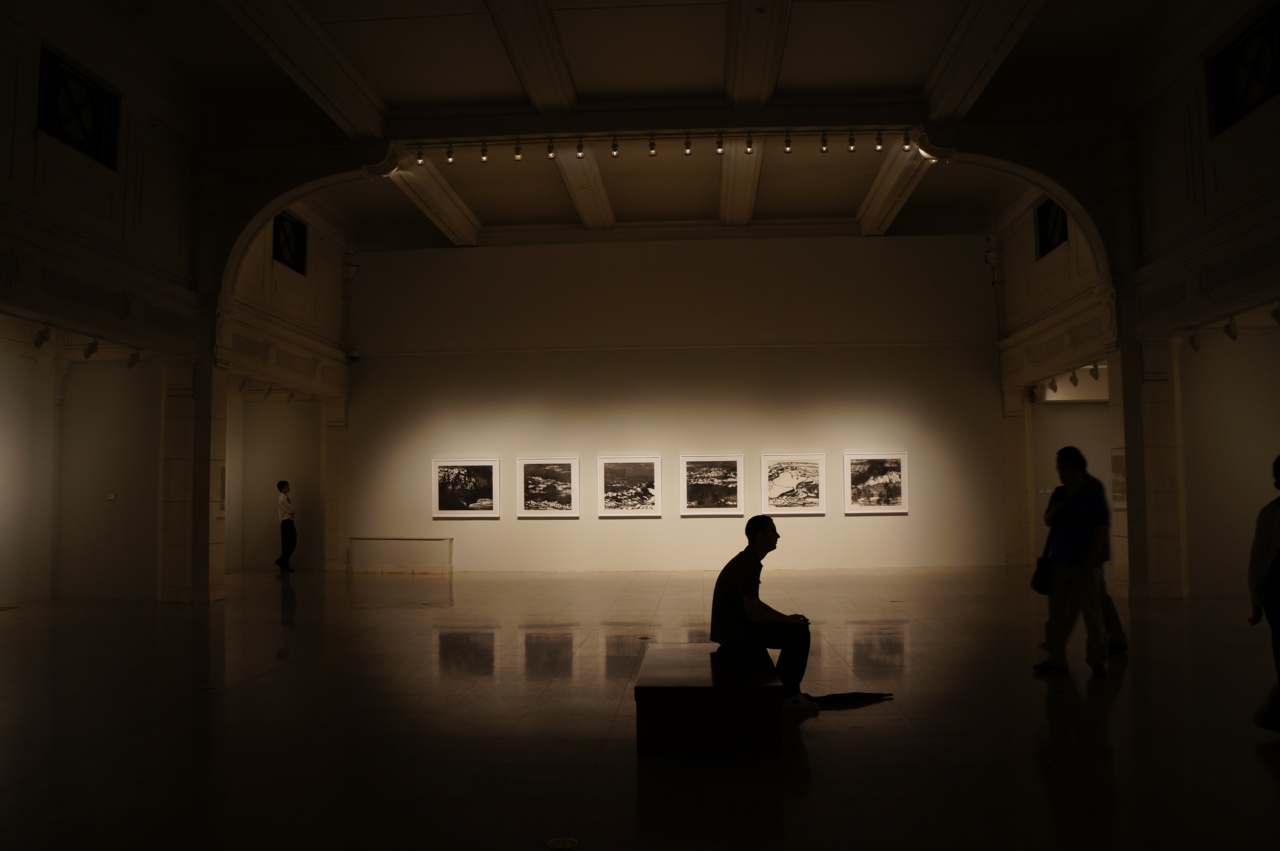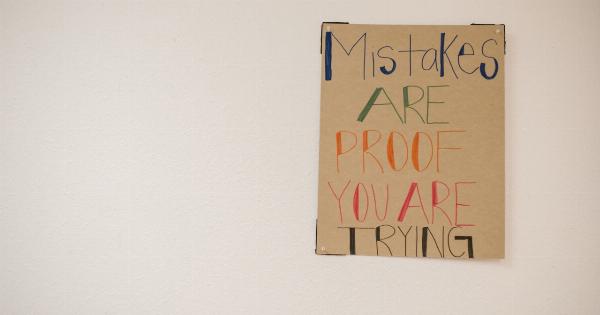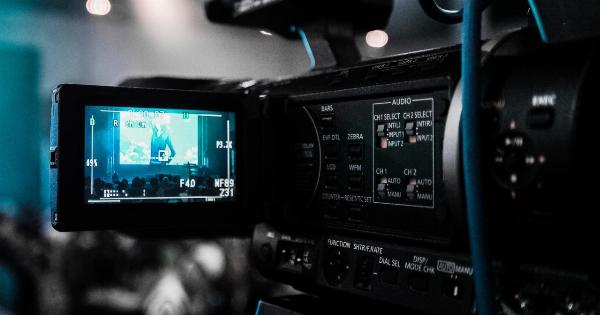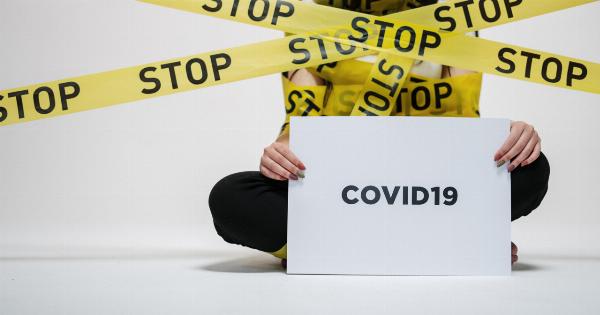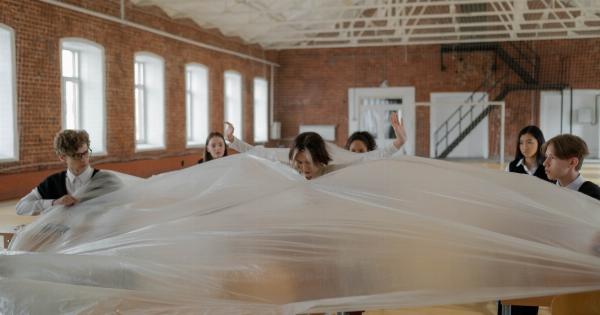Bullying is a pervasive issue that affects individuals of all ages and backgrounds. It can be highly detrimental to both physical and mental health, leaving lasting scars on the victims.
To shed light on this issue, The Lithuanian Museum has curated a powerful photographic exhibition that tells the story of bullying through a series of captivating images.
The Power of Visual Storytelling
Photography has always been an influential medium for storytelling, capable of evoking emotions and capturing important moments in time.
The Lithuanian Museum’s exhibition takes full advantage of this power, using striking images to communicate the profound impact of bullying. Each photograph reveals a different facet of the issue, highlighting its prevalence in various environments and among different age groups.
Unveiling the Reality
As visitors make their way through the museum, they encounter images that depict bullying in different settings, such as schools, workplaces, and online environments.
These photographs show the stark reality faced by victims, as well as the subtler forms of bullying that often go unnoticed. By juxtaposing images from different contexts, the exhibition aims to make individuals realize that bullying is not confined to a certain time, place, or demographic.
Exploring the Consequences
Another crucial aspect of the exhibition is examining the consequences of bullying. Through carefully curated photographs, the museum offers a glimpse into the emotional trauma experienced by victims.
The images capture the fear, anxiety, and pain that bullying inflicts, inviting visitors to empathize with those who have endured such torment. Additionally, the exhibition delves into the long-lasting effects of bullying, shedding light on the potential for lifelong psychological scars.
The Faces Behind Bullying: Perpetrators and Bystanders
Bullying involves not only victims but also perpetrators and bystanders. The Lithuanian Museum’s collection explores these different roles, emphasizing the need for a comprehensive understanding of the issue.
Through thought-provoking images, the exhibition strives to expose the motivations and characteristics of bullies, enabling visitors to better recognize the signs of bullying.
Equally important are the photographs that focus on bystanders and their potential to intervene.
By highlighting the influence bystanders have in preventing or aggravating bullying situations, the exhibition encourages individuals to reflect on their own actions and question their role in combatting this problem.
Hope Emerging from Darkness
Despite the serious nature of the exhibition, The Lithuanian Museum also aims to instill a sense of hope. Throughout the collection, photographs capturing resilience and support show the potential for positive change.
These images portray acts of kindness, solidarity, and understanding, breaking the cycle of bullying and inspiring visitors to take action.
Empowering Visitors Through Interactive Installations
The exhibition goes beyond mere visual display with interactive installations designed to engage visitors on a deeper level.
These installations allow individuals to share their own experiences with bullying, fostering a sense of community and encouraging open conversations. By creating a safe space for dialogue, the museum empowers visitors to confront the issue head-on and actively contribute to ending bullying.
Spreading Awareness and Empathy
Through its powerful photographic story, The Lithuanian Museum raises awareness about the pressing issue of bullying. By showcasing bullying in all its forms and consequences, the exhibition aims to foster empathy in its visitors.
It challenges stereotypes, confronts societal norms, and inspires individuals to become agents of change in their own communities.
A Call to Action
The photographic story of bullying presented at The Lithuanian Museum is a wake-up call for society. It urges individuals to recognize the harm caused by bullying and take a stand against it.
By creating awareness, empathy, and understanding, the exhibition encourages visitors to confront this issue head-on, both individually and collectively. Only through collective action and a commitment to change can we hope to eradicate bullying and create a safer, more compassionate world for all.
